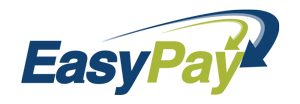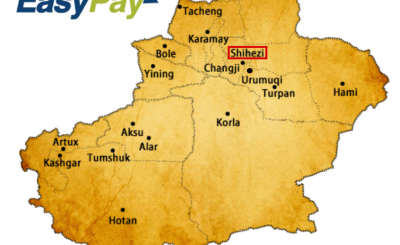Before 2000, Illegal / Informal Players were Rampant in Malaysia
Prior to 1997, banks were the major players providing remittance services. But there was a parallel informal market that was operated by the money changers and other unauthorized players. From a source in the market, the remittance via informal channels were estimated to be 50-60% of the reported remittance amount.
Illustration of the Hawala system:
- Customer walks into a money changer, and hand over cash to the money changer with the details of the beneficiary
- Money changer then calls his counterpart at the receiving location with the transaction details
- Payout agent at the receiving end will payout the cash to the beneficiary, less transaction fee
- The money changer and the payout agent will perform settlement among themselves periodically (often on a monthly basis) with false invoicing
Efforts to Curb the Informal Remittance Market
After the crisis, Bank Negara Malaysia had a direction to reduce illegal remittance operations. In order to achieve this Bank Negara formed a consortium of 4 local banks (Bank Bumiputra Commerce, Maybank, RHB, and Public Bank) to start offering money changing services at banks. However this consortium was not successful as the costs of handling cash were very high. When these costs were priced into the exchange rates, bank rates became higher compared to the money changers
After the failed efforts of the consortium, from 2007 onwards Bank Negara Malaysia started giving remittance licenses to non-bank players, taking away businesses away from the illegal operators and also some banks. The number of Money Service Businesses / Non banks (MSB) had increased to 39 at the end of 2010, compared to 3 during the end of 2007- hence, increasing access points for the remittance services.
Quoted from BNM, total outward remittance through the formal channels had grown significantly by 119.7% to RM13.4 billion in 2010 (2005:RM6.1 billion). This enabled the remittance industry towards enhancing services to consumers in terms of lower cost, faster speed, and more extensive channels for remittance transactions.
BNM Continues To Regulate and Protect the Integrity of the Industry
In 2009, Bank Negara Malaysia initiated a review of the legal and regulatory framework for the money changing, remittance services and wholesale currency business industry in Malaysia. The objective being: modernizing the industry landscape, and strengthening safeguards to protect the integrity of the industry. The review culminated in the passing of the Money Services Business Act 2011 (MSB) in July 2011 which provides for the licensing, regulation and supervision of money changing, remittances and wholesale currency business under a single Act. Collectively, these businesses are described as money services business in the new landscape.
Trend to move to Cashless Operations…
In 2017, director of Money Service Businesses Bank Negara Malaysia, Nik Mohamed Din noted that the priorities were to drive e-remittance initiative by leveraging on financial technologies and innovative safeguards from the adoption of technologies.
As Malaysians and world citizens, it will be an interesting time for the online remittance market as market perception and adoption increases in the next decade. We at Easy Pay Transfers will be there to capitalize and contribute to this next wave of digitization.




